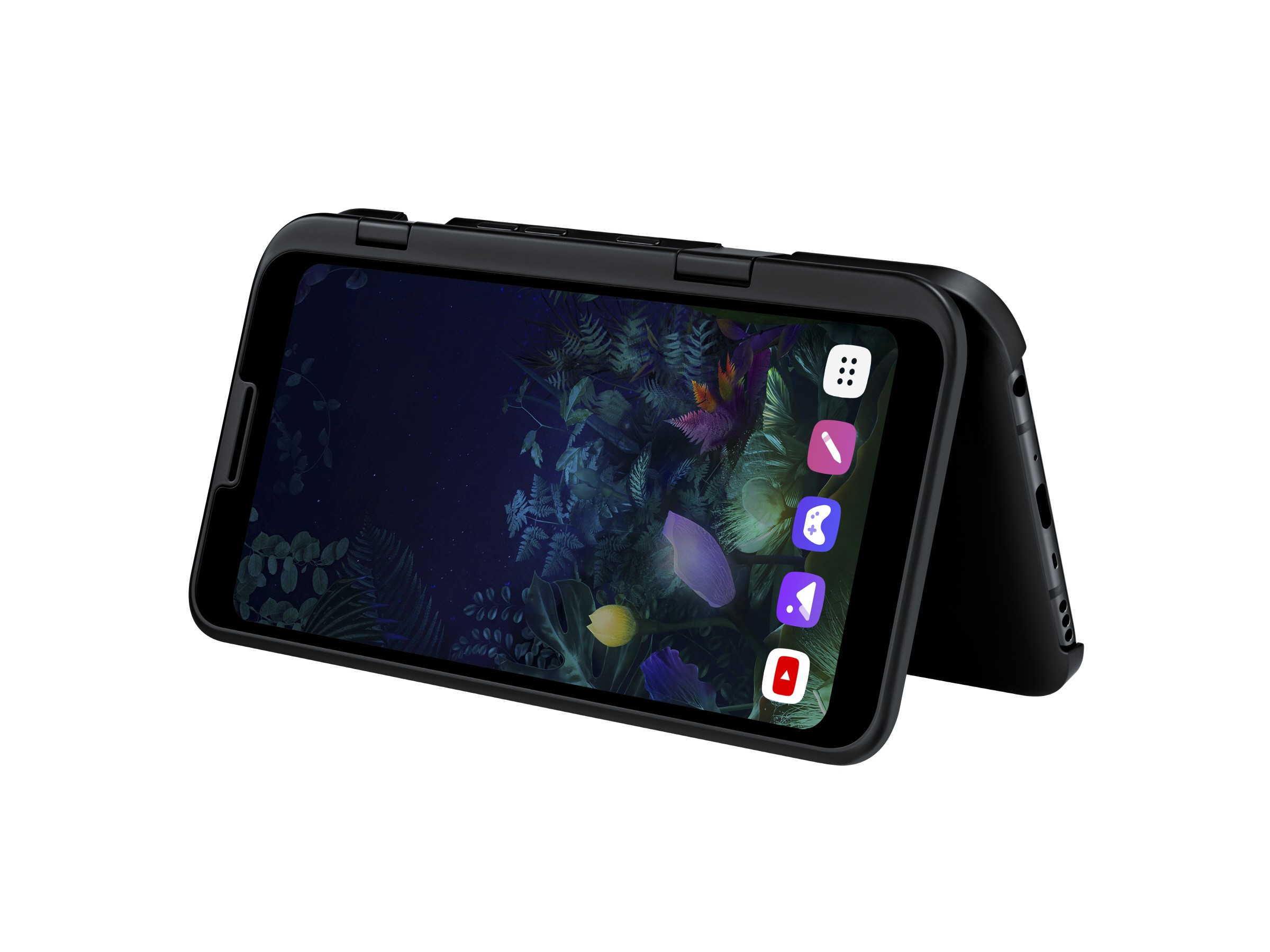Before the commercialization of Micro LED displays, Mini LED and flexible OLED displays have been the focuses of the industry. Korean firms like Samsung and LG are strong players in the field but China’s BOE is rising and overtaking LG in the small and medium-sized flexible OLED business, reported Business Korea.

(Image: LG)
The report of Business Korea cited Zhang Yu, Vice President of BOE that the company aims to supply 50 million flexible display panels for smartphones in 2019 and will continue its investment plan in the flexible OLED business. BOE has increased its sixth generation AMOLED production in China last year and might join the supply chain of flexible OLED panels for Apple’s iPhone in 2020, as covered by a Korean media, Etnews, in February 2019.
The rise of BOE poses a direct threat to LG Display, who joined the flexible OLED display market in 2017. According to Business Korea, LG Display is currently at crossroads deciding whether to continue the small and medium-sized flexible OLED business for smartphones or to quit the business and focus on automotive OLED displays.
WitsView, a division of TrendForce, observes that China's panel manufacturers are still in the initial stages of flexible OLED panel development and possess limited actual supply potential with current production capacity makes up about 27 percent. However, as foldable phones are still in the stages of market-response observation and product-design adjustment, Chinese panel makers might catch up with Korean competitors in flexible OLED production once foldable phones penetration rates increase.
In order to protect its technology, Korean media reported that the South Korean government is planning to regulate OLED equipment export to China in January 2019. BOE, with supports by the Chinese government and domestic companies, has become a threat to Korean firms in the flexible OLED market.












